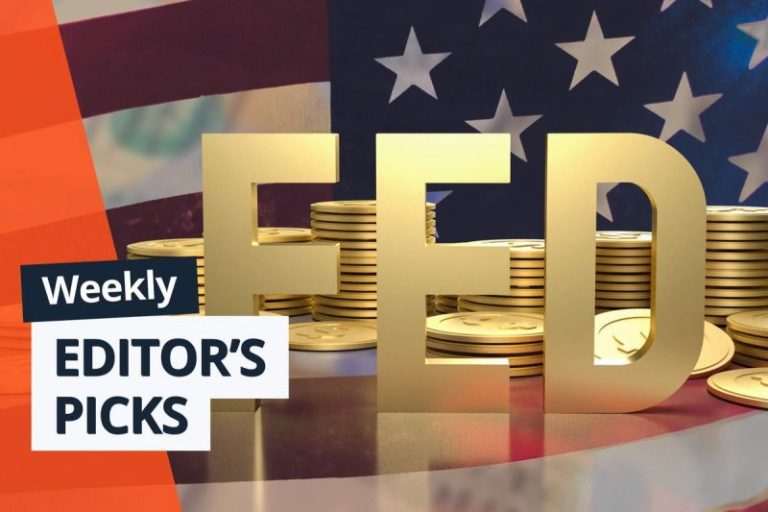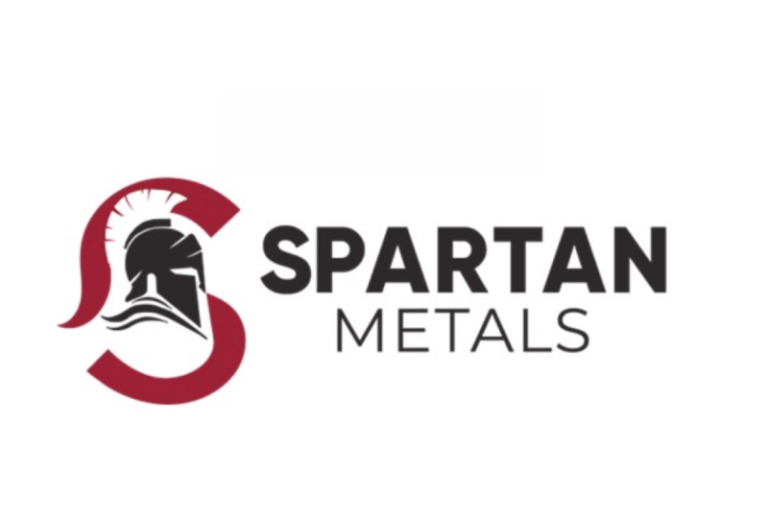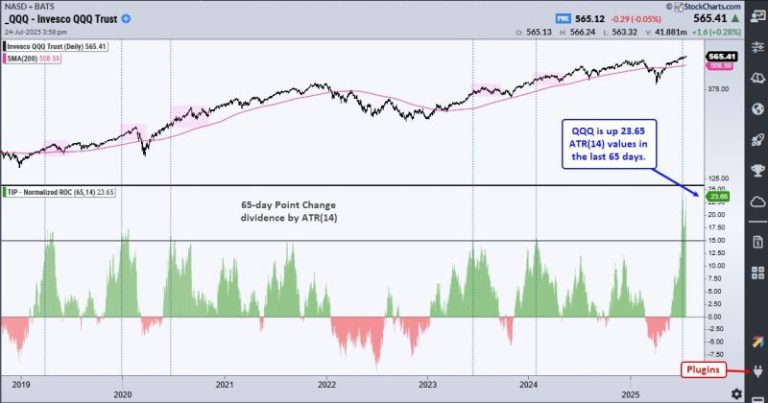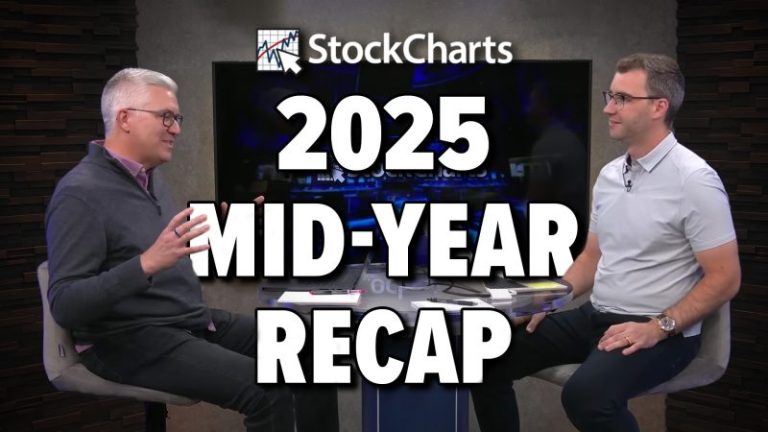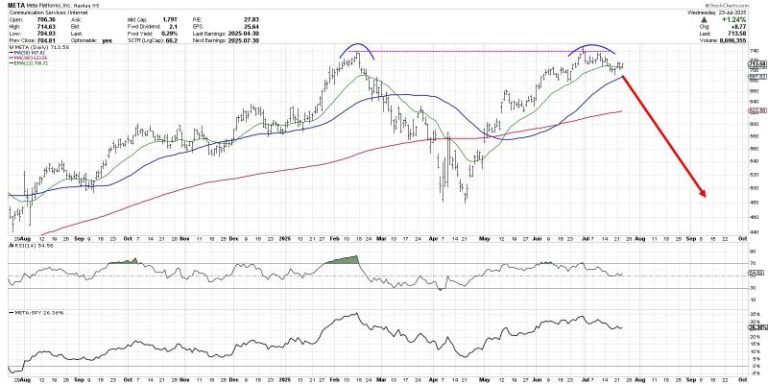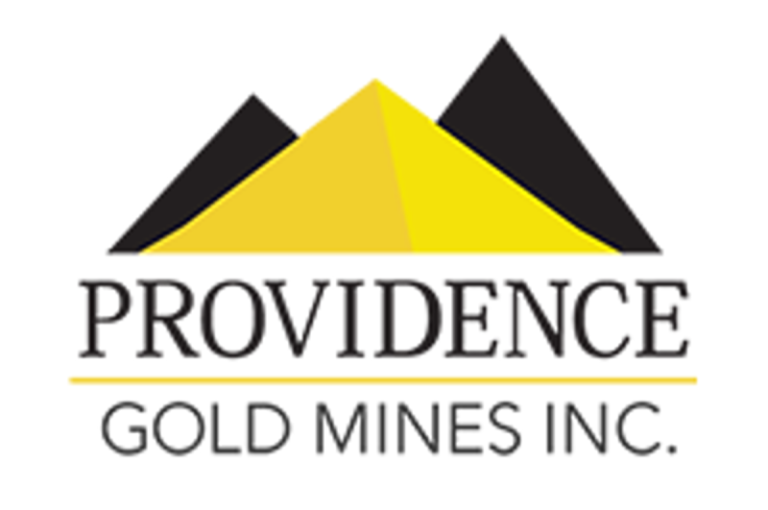2025 is drawing to a close, and silver seems determined to end the year with a bang.
The white metal’s breakout continued this week, with the price crashing through US$60 per ounce and continuing on up, even briefly passing US$64. It ultimately finished at just under US$62.
Year-to-date silver is now up over 110 percent, far outpacing gold’s gain of about 63 percent.
Its latest rise kicked off on November 28, the same day the Comex experienced an outage that lasted about 10 hours. Since then, positive drivers have continued to pile up.
Chief among them this week was the most recent interest rate reduction from the US Federal Reserve. As was widely expected, the central bank made a 25 basis point cut at its meeting, which wrapped up on Wednesday (December 10), taking the target range to 3.5 to 3.75 percent.
Both silver and gold tend to fare better in lower-rate environments, and while gold remains below its all-time high, it retook the US$4,300 per ounce level this week.
Key Fed meeting takeaways
It’s worth noting that although the Fed’s cut went through, three out of 12 officials voted against it, a situation that hasn’t happened since September 2019. Two wanted rates to stay the same, while Governor Stephen Miran was calling for a 50 basis point reduction.
Miran took his spot on the Fed’s Board of Governors in September after being nominated by President Donald Trump, who has been critical of the Fed — and Chair Jerome Powell in particular — for not lowering rates as quickly as he would like. Powell’s term ends in May 2026, and it’s anticipated that his replacement will follow Trump’s vision. Kevin Hassett of the National Economic Council is said to be a strong contender, with 84 percent of respondents to a CNBC survey saying they think it will be him.
While the Fed’s rate decision was in focus this week, market watchers are also closely eyeing its post-meeting statement, as well as press conference comments from Powell, to figure out what the central bank’s policy will look like heading into the new year and beyond.
The latest dot plot shows that Fed officials expect only one rate cut in 2026, plus another in 2027. That’s unchanged from projections made in September, but experts have pointed out that the dot plot also highlights the growing divide between Federal Open Market Committee members.
Another important facet is the news that the Fed will start buying short-dated bonds as of Friday (December 12), with an initial round involving purchasing US$40 billion worth of treasuries per month. This move comes after the end of quantitative tightening measures on December 1, and is being looked at as a step in the direction of quantitative easing.
‘This is basically another way of saying quantitative easing, and we’re going to continue to print money,’ said David Erfle of Junior Miner Junky. ‘The Federal Reserve is in a situation where, ‘Hey, we’ve got to continue to issue new debt to pay off the old debt.’ So now the yield curve is going to steepen as the Fed pivots toward these treasury bills, and private investors are going to have to absorb more duration risk. So basically, this means loose monetary conditions are on the way, and that’s positive for both gold and especially now silver.’
Will the silver price keep rising?
With that in mind, what exactly is next for the silver price?
I’ve been asking guests on our channel where the metal goes from here, and many have said it’s becoming harder and harder to predict as silver enters uncharted territory.
Peter Krauth of Silver Stock Investor and Silver Advisor said that a ‘relatively conservative’ outlook for 2026 would be US$70. However, he also emphasized that higher levels are possible:
‘It’s taken 45 years for (silver) to finally break out through that US$50 level. And so we’re in uncharted waters, uncharted territory, and this being the kind of market that we’re in — fundamentally, as well as macroeconomically, as well as geopolitically — I think odds are silver is going to continue to climb higher.
‘And I think it’s going to convert a lot of doubters into into believers that silver is going to go on setting new record highs, and that it’s still relatively early in this market. We’re going to see it perform very, very well for several more years.’
For his part, Erfle weighed in on upside and downside for silver, outlining how the precious metal could get close to the US$100 level. Here’s what he said:
‘If you consider the supply/demand fundamentals, this is a fifth year of a supply deficit in silver, which has constantly been outpacing supply.
‘All these forces have converged to take the silver price so much higher, and looking at upside targets, the next target is the US$66, US$68 area, and then US$80 to US$83 if the momentum continues into January. But the long-term measured target of the cup-and-handle breakout is US$96.’
I’ll be having more conversations about silver next week with experts like Gareth Soloway, John Rubino and John Feneck, so drop a comment on our YouTube channel if you have any questions.
Securities Disclosure: I, Charlotte McLeod, hold no direct investment interest in any company mentioned in this article.

